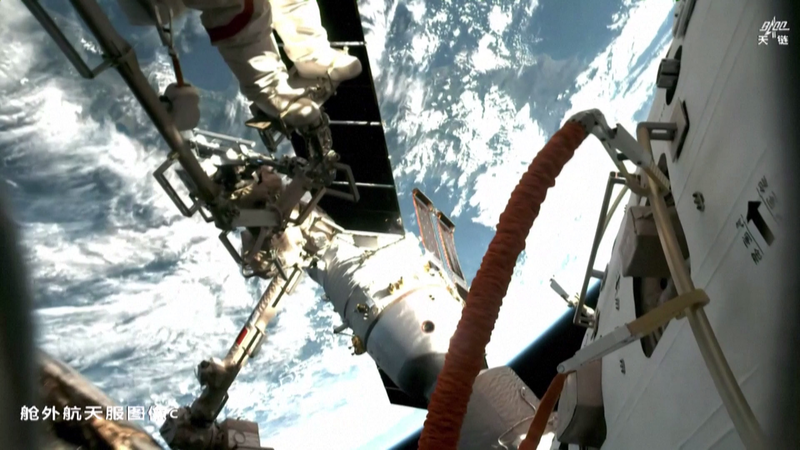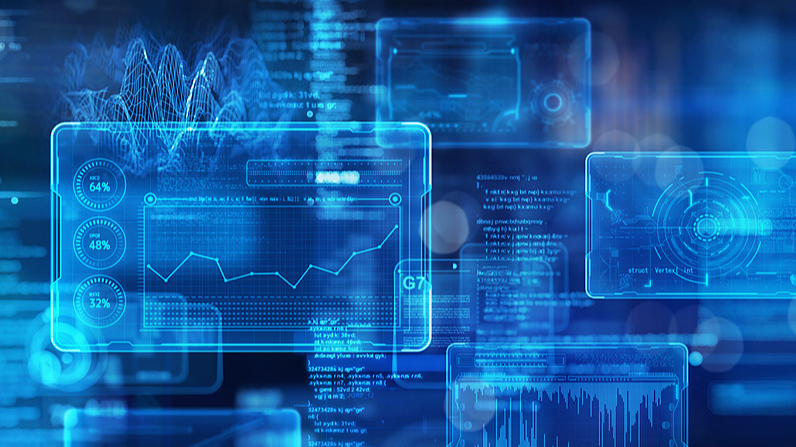Last Friday, November 14, the Shenzhou-21 return capsule landed with 46.67 kg of science samples from the China Space Station. This ninth transfer includes results from 26 experiments covering space life sciences, materials research, and combustion studies! 🚀
On the biology side, four mice are already under the microscope. Scientists are tracking their behavior and key biomarkers to see how microgravity affects living organisms. Other specimens include zebrafish, hornwort, streptomyces, planarians, and even mini brain organoids. 🧪🧬
Next up is transcriptome sequencing to map gene activity in zero-g. The aim? Decode how space alters cells and identify targets for treatments that could help astronauts—and maybe patients on Earth. 💊🔬
Materials science fans, take note. Samples like tungsten-hafnium alloys, soft magnetic materials, and relaxor ferroelectric crystals will be examined for microstructure, composition, and defects. Insights could lead to tougher solar cells, radiation-resistant optical fibers, and 3D-printing tricks for lunar bases. 🛠️🌕
Combustion research isn’t left behind. From flame-synthesized semiconductors to soot particles, researchers will study fire behavior in microgravity. These findings could spark advances in space fire safety, new energy systems, and nanocarbon tech. 🔥🛰️
All this analysis is a big step toward boosting satellite comms, refining material processing for the Moon, and achieving smooth lunar missions. Stay tuned as these cosmic samples reveal secrets that bring us closer to Moon landings! 🌖✨
Reference(s):
China begins analysis of space lab samples to forge path to the moon
cgtn.com




